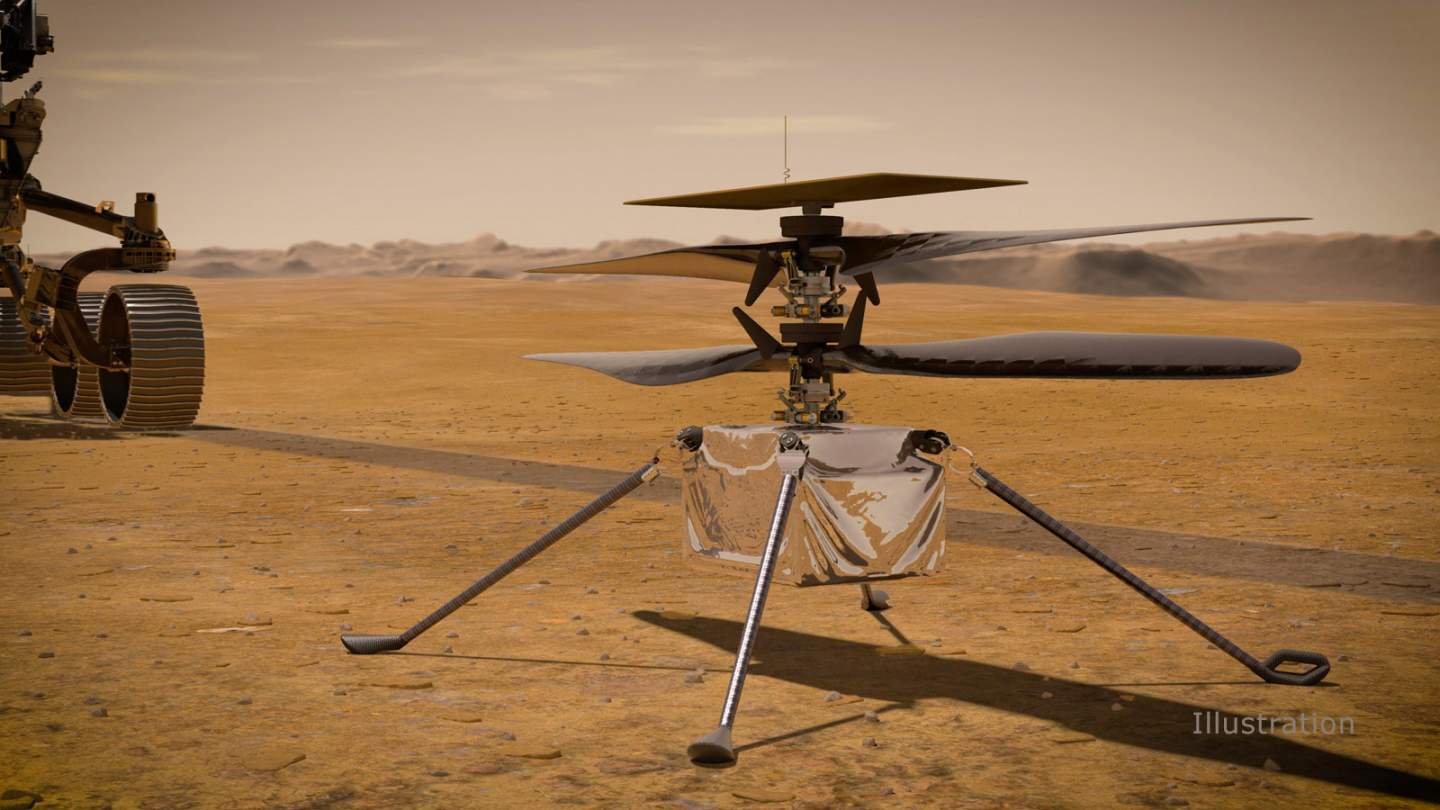The plucky little copter exploring Mars, NASA’s Imagination, has exceeded all prospects and has lasted longer than indeed the most auspicious prognostications. Firstly designed for over to five breakouts, the copter is now gearing up for its 19th flight, which will be its first of 2022. But this flight wo n’t be easy, especially given the tricky take-off it’ll have to perform.
The 19th flight is listed to take place moment, Friday, January 7, and it’ll follow a route from the copter’s current position in the South Séítah receptacle, over a crest, and up onto a table. This is analogous to a route the copter has flown preliminarily, as it’s presently retracing its way, but traveling in the contrary direction. Imagination is heading back toward its original deployment point where it and the Perseverance rover landed Still, despite having traveled this route before, this flight will be delicate. According to NASA, the copter is presently sitting in “ vanilla flaxen terrain.” And while that’s good in some ways – it makes it easier to land when there are n’t any jewels to dodge – it makes it more delicate to take off. That’s due to the way the copter’s navigation system works.
How the helicopter navigates across Mars
The navigation system uses a downcast- facing camera on the copter to image the ground below and uses these images to make up a chart of the face. The system can also direct the copter to avoid obstacles like large jewels.
But in this case, when the copter is sitting on what could be considered a blank oil, it means the navigation system will have a hard time distinguishing any features on the ground. This caused some issues when the copter landed on its former flight, and masterminds are being careful to insure it does n’t beget any further problems on the coming flight.
“ (T) he area is actually so devoid of gemstone that warnings were reported during Flight 18 wharf due to inadequate features to track in the vision navigation,” Martin Cacan, Ingenuity Pilot at the Jet Propulsion Laboratory, wrote in a NASA blog post. “ As a result, fault protection parameters will be streamlined to alleviate the threat of a unseasonable wharfmid-ascent Masterminds prognosticate that the 19th flight will last about 100 seconds, and the copter will travel at around 1 cadence per second. It’ll cover 63 measures (206ft) and hit an altitude of 10 measures (33ft), formerly again snapping prints as it goes.
